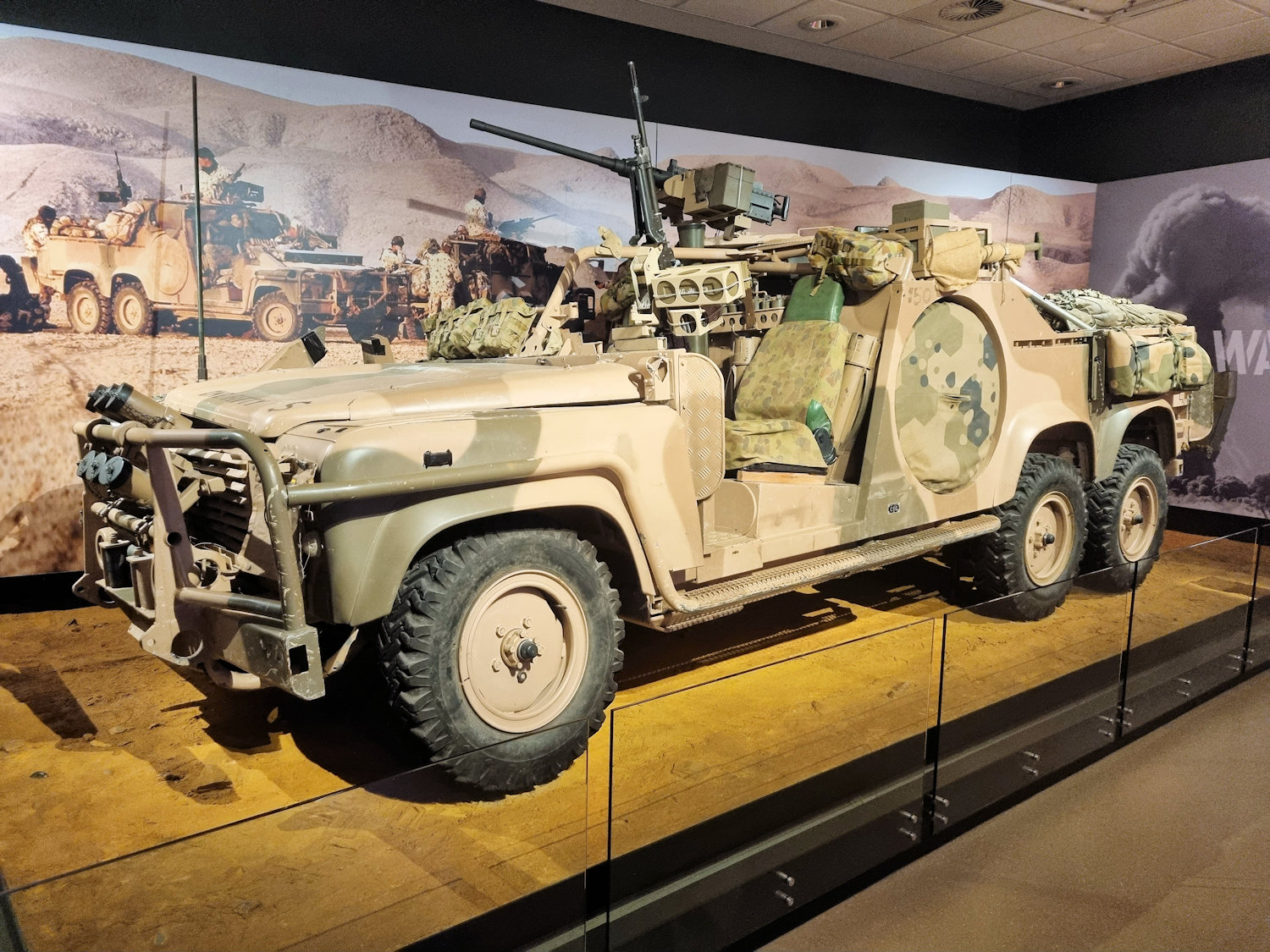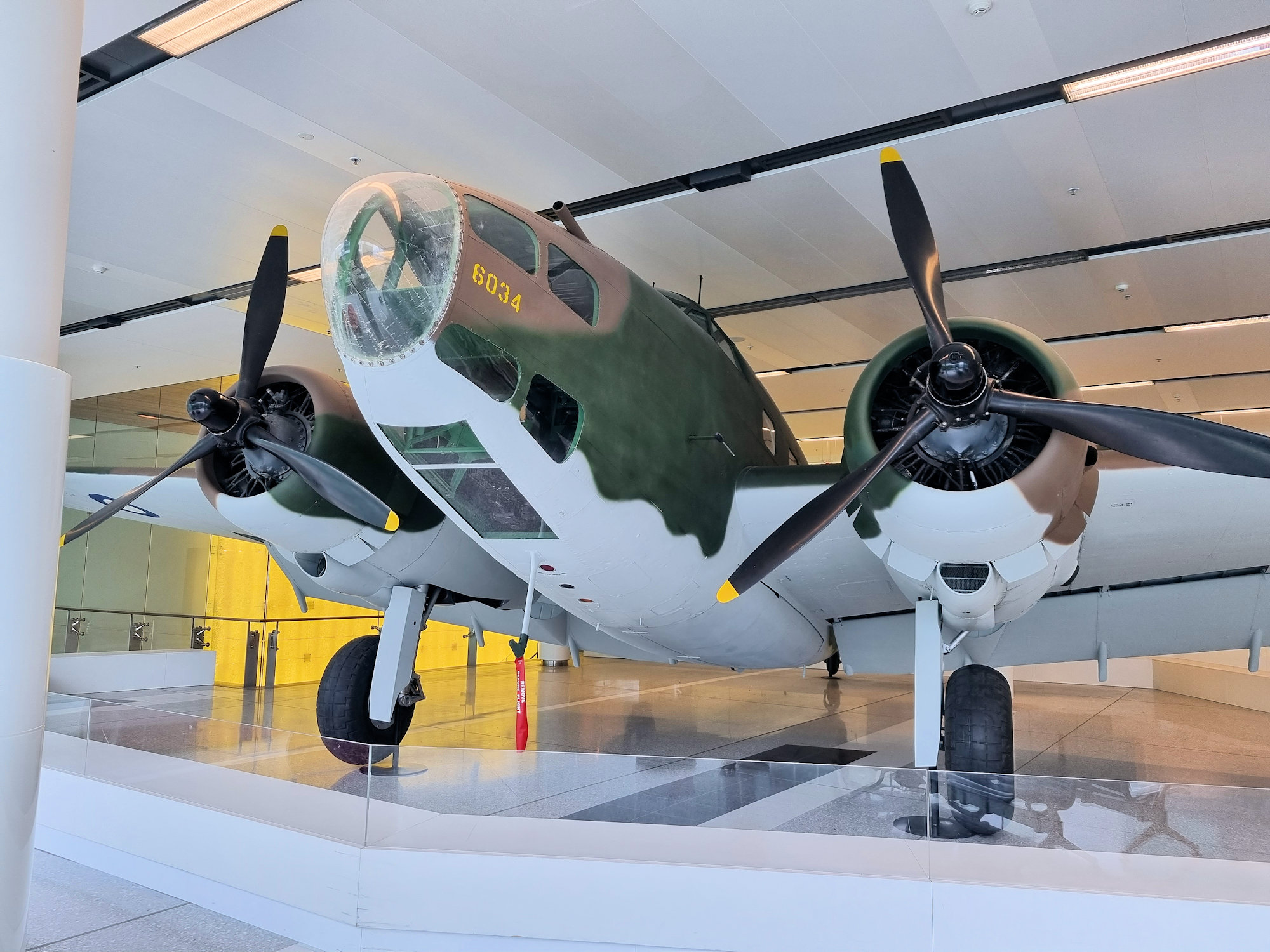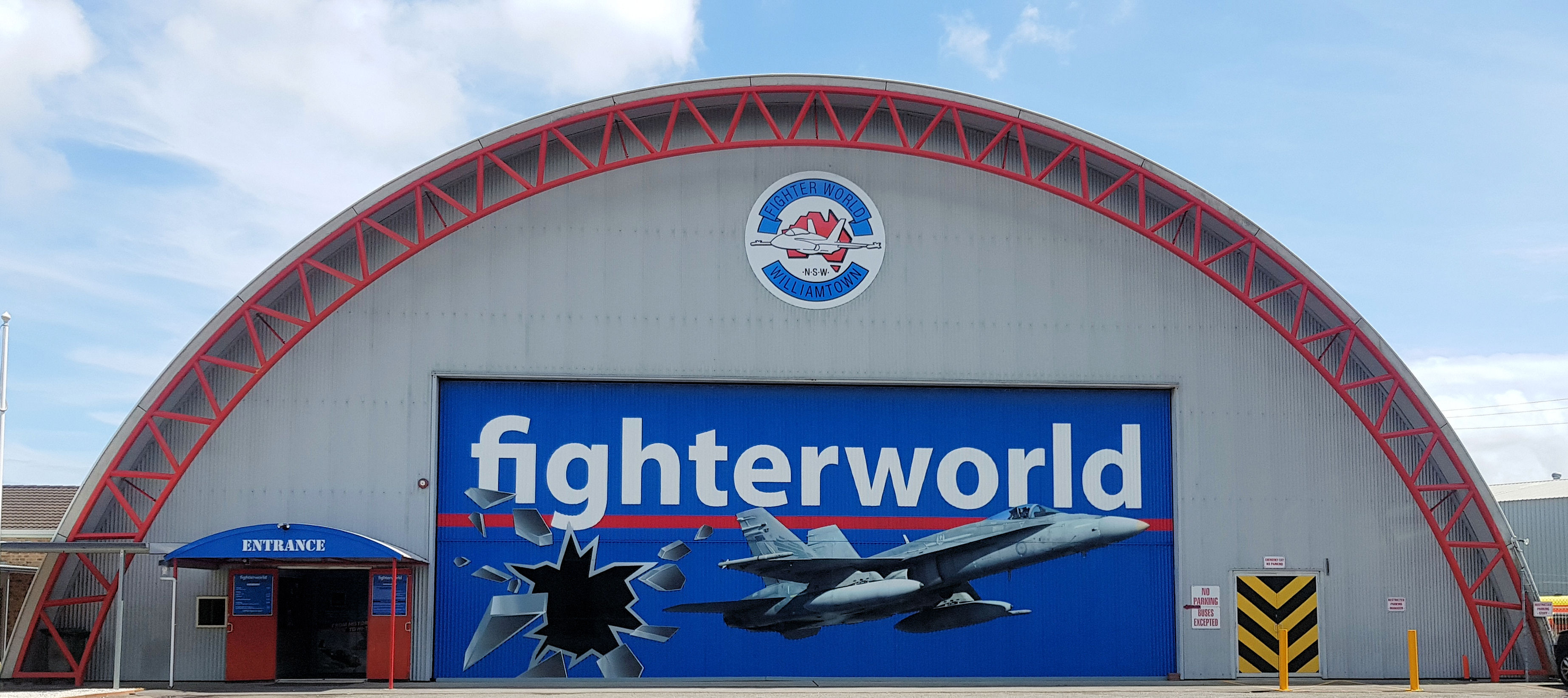Category: Royal Australian Air Force
Royal Australian Air Force
-
Australian War Memorial 1945 to Today

Australian War Memorial 1945 to Today During our previous trip to Canberra, the gallery “Conflicts 1945” to Today in the Australian War Memorial was closed because of the renovations. This time however, it was open, so we took the opportunity to look around. This gallery commemorates all the conflicts involving Australians from 1945 to today.… Read more
-
Canberra Airport Hudson Bomber

Lockheed Hudson Mk.IV A16-105 at Canberra Airport Something you don’t expect to see is a five-tonne bomber on the second floor of an airport terminal. However, Canberra Airport has a Lockheed Hudson bomber doing just that. Sitting at the far end of the check-in desks, it’s a monument to all of the RAAF crews who… Read more
-
Fighter World Williamtown NSW

Fighter World Williamtown Aviation Heritage Getting to Fighter World Fighter World located adjacent to the Williamtown RAAF base has an excellent display of jet fighters operated by the RAAF. Fighter world is very easy to find due to its location and parking is easy, because the museum has its own large car park. The Collection… Read more